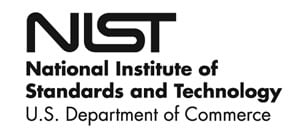RSS feed source: National Science Foundation
The NSF-DOE Vera C. Rubin Observatory, a major new scientific facility jointly funded by the U.S. National Science Foundation and the U.S. Department of Energy’s Office of Science, released its first imagery today at an event in Washington, D.C. The imagery shows cosmic phenomena captured at an unprecedented scale. In just over 10 hours of test observations, NSF-DOE Rubin Observatory has already captured millions of galaxies and Milky Way stars and thousands of asteroids. The imagery is a small preview of Rubin Observatory’s upcoming 10-year scientific mission to explore and understand some of the universe’s biggest mysteries.
“The NSF-DOE Vera C. Rubin Observatory demonstrates that the United States remains at the forefront of international basic science and highlights the remarkable achievements we get when the many parts of the national research enterprise work together,” said Michael Kratsios, director of the White House Office of Science and Technology Policy. “The Rubin Observatory is an investment in our future, which will lay down a cornerstone of knowledge today on which our children will proudly build tomorrow.”
“NSF-DOE Rubin Observatory will capture more information about our universe than all optical telescopes throughout history combined,” said Brian Stone, performing the duties of the NSF director. “Through this remarkable scientific facility, we will explore many cosmic mysteries, including the dark matter and dark energy that permeate the universe.”
“We’re entering
Click this link to continue reading the article on the source website.



